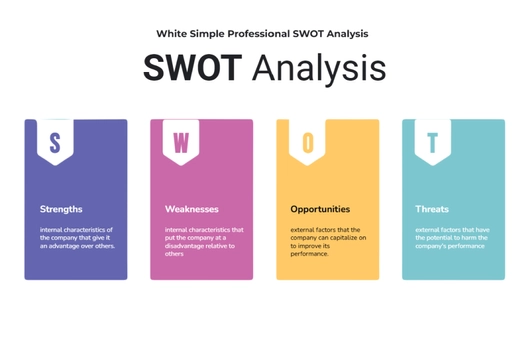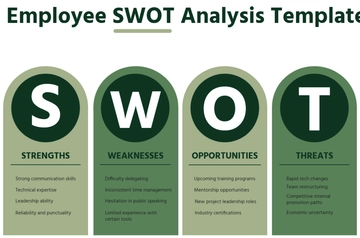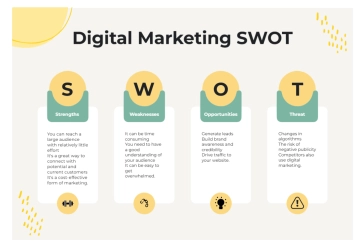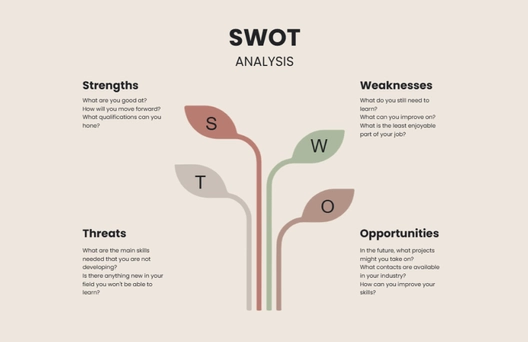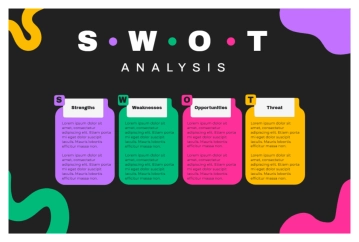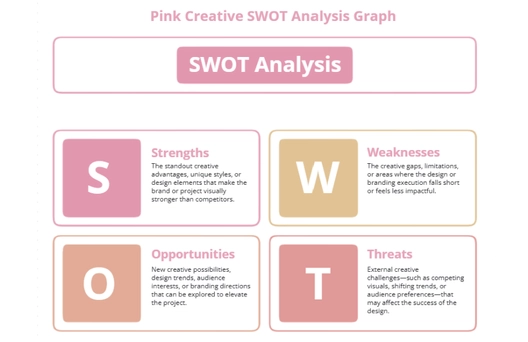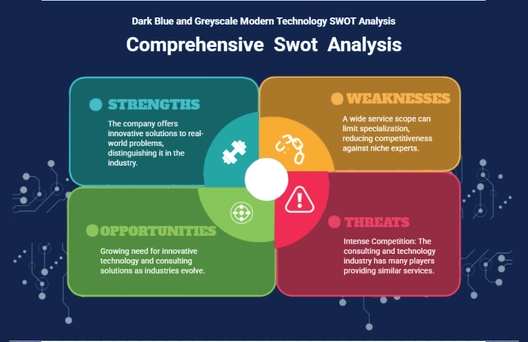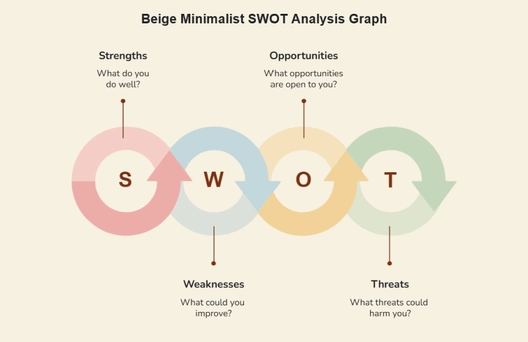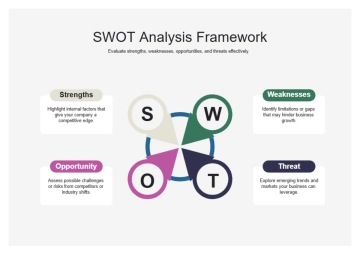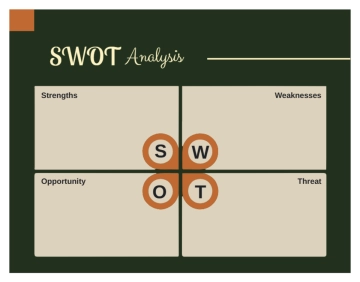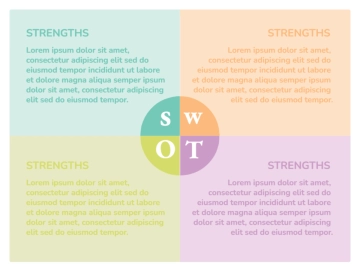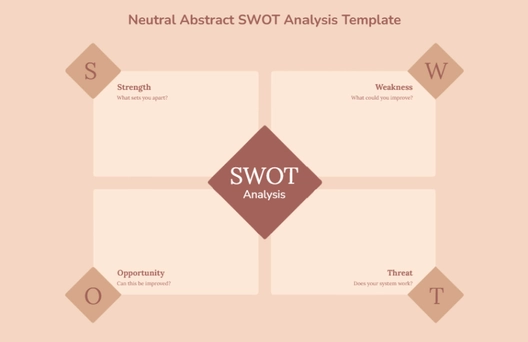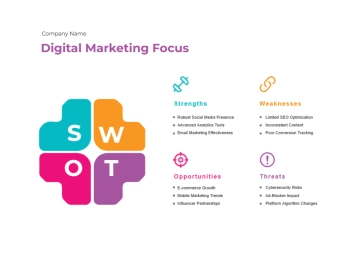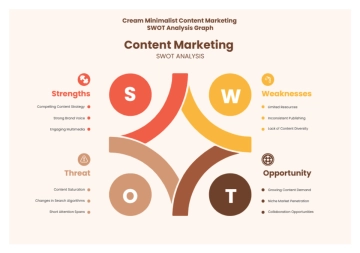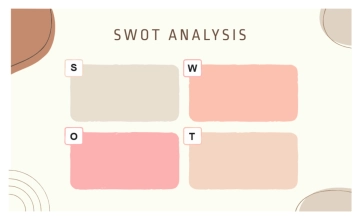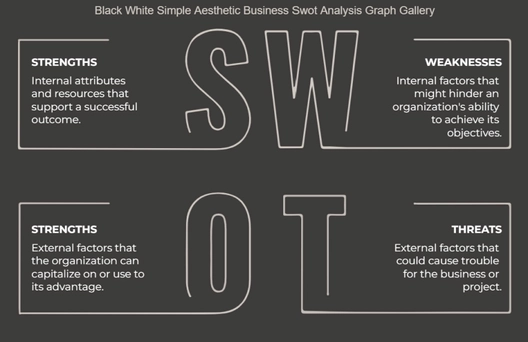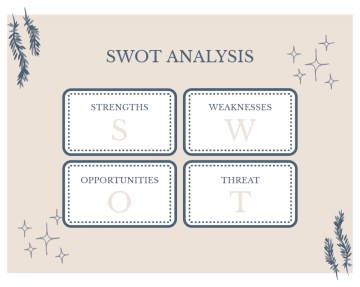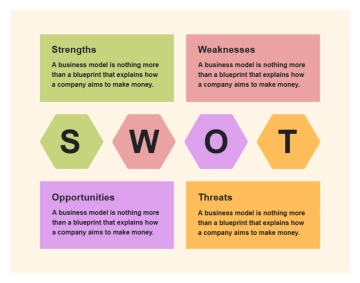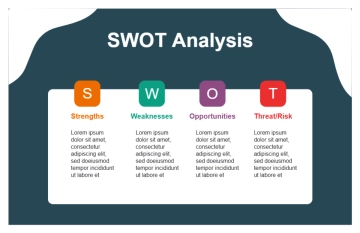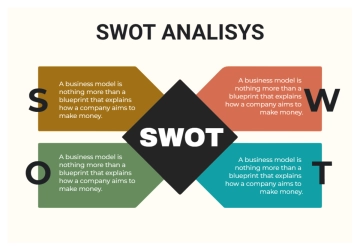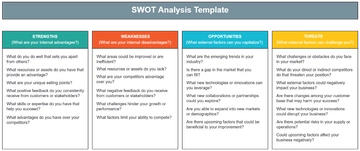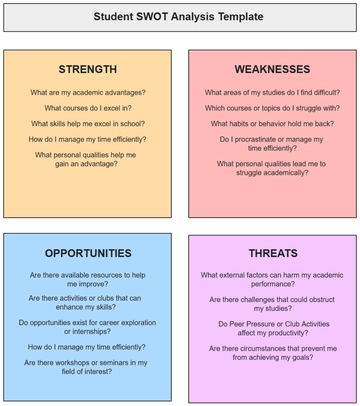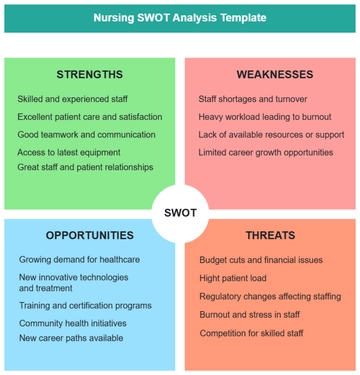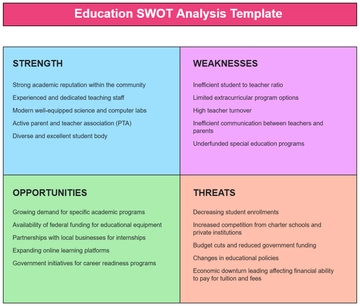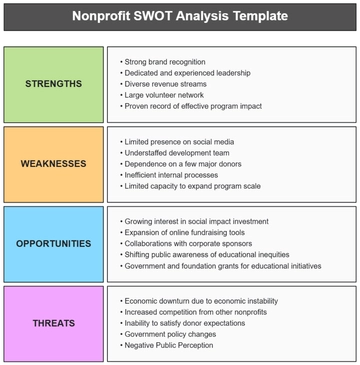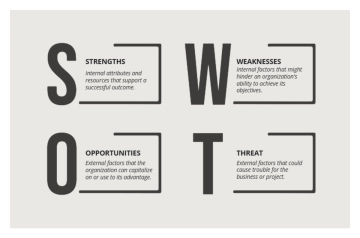Free Real Estate Sustainable Development Initiatives SWOT Analysis
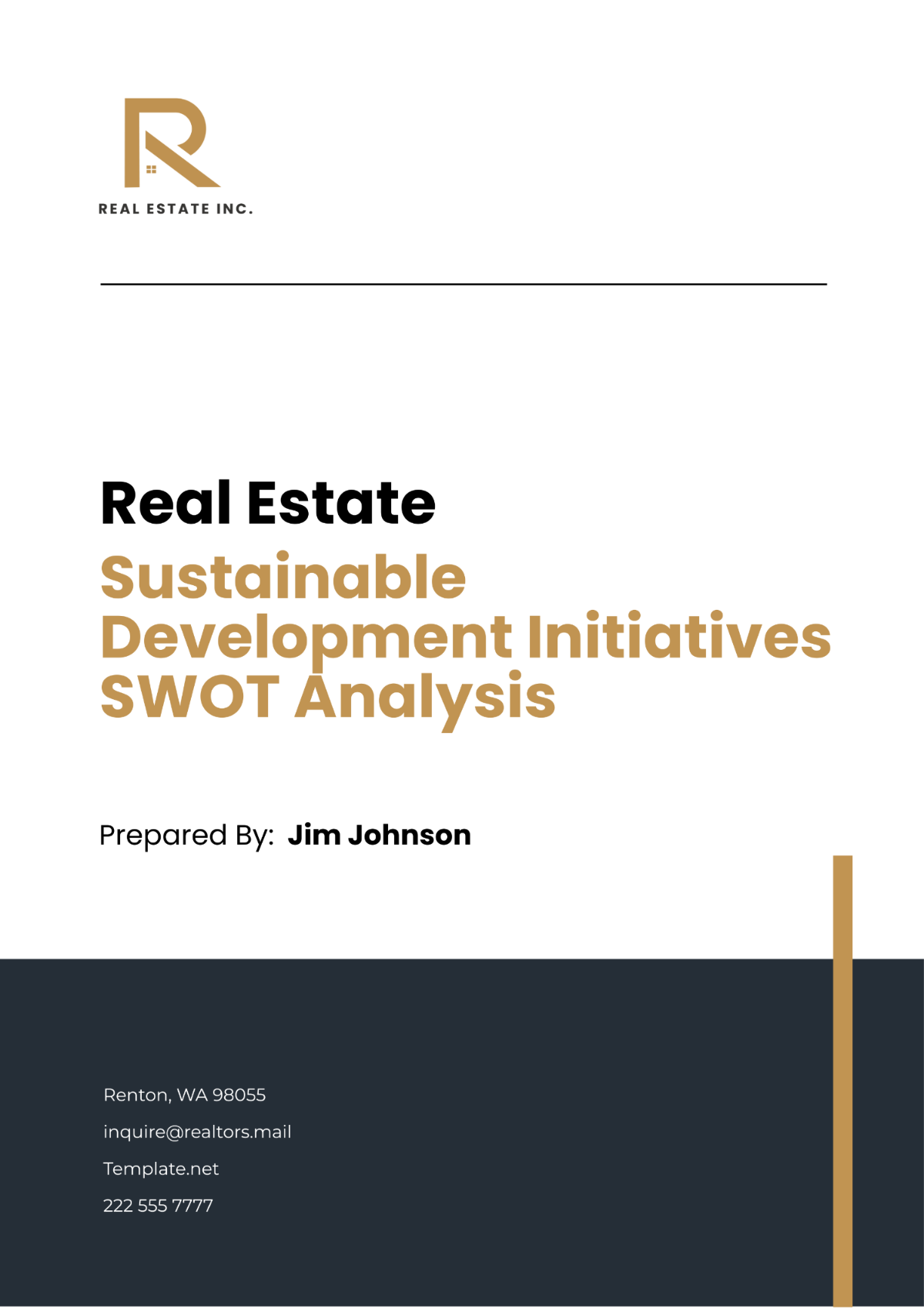
Introduction
This document provides an in-depth SWOT analysis tailored for [Your Company Name], with a concentrated focus on our pioneering efforts in sustainable real estate development initiatives. Our intention behind this analytical approach is to meticulously examine the internal dynamics and external factors that collectively shape our journey towards integrating sustainability into the core of our real estate ventures. This analysis is pivotal for [Your Company Name] as it not only scrutinizes our inherent strengths and weaknesses but also casts light on the myriad of opportunities and potential challenges that the evolving landscape of the real estate sector presents, especially within the realm of sustainable development.
In today’s environmentally conscious market, the push towards sustainable practices in real estate development is not just a trend but a fundamental shift in how properties are conceptualized, constructed, and marketed. Against this backdrop, [Your Company Name] seeks to leverage this SWOT analysis as a strategic tool to fortify our competitive edge, optimize our operational practices, and navigate the complexities of the market with agility and foresight. Understanding our internal capabilities and areas for improvement will empower us to harness our full potential, while a keen awareness of the external environment will prepare us to seize emerging opportunities and mitigate risks effectively.
Furthermore, this analysis embodies our commitment to transparency and strategic planning. It serves as a testament to our proactive stance in aligning with global sustainability goals and addressing the pressing environmental challenges through innovative real estate solutions. By conducting this SWOT analysis, [Your Company Name] reaffirms its dedication to building a sustainable future, ensuring that our growth is both environmentally responsible and economically viable, thus setting a benchmark for excellence in sustainable real estate development.
Strengths
In this section, we delve into the strengths of [Your Company Name] in the context of sustainable real estate development. These strengths form the backbone of our operations, showcasing our capabilities and advantages in this competitive landscape.
Strengths | Description |
|---|---|
Highly experienced team | Our team possesses extensive experience in green spaces and the real estate market, providing a solid foundation for innovation and excellence in sustainable development. |
Strong relationships with investors | We have established robust relationships with environmentally conscious investors, ensuring ongoing support and financing for our projects. |
Innovative construction techniques | Our commitment to innovation is demonstrated through our use of energy-efficient construction techniques, setting us apart in the industry. |
Our highly experienced team is a cornerstone of our strength, bringing a wealth of knowledge and expertise to our sustainable real estate projects. Their proficiency in green spaces and the real estate market not only ensures the successful execution of projects but also fosters a culture of innovation and excellence. Additionally, our strong relationships with environmentally conscious investors provide crucial financial support and validation of our commitment to sustainability, enhancing our credibility in the market. Furthermore, our dedication to innovative construction techniques, such as energy-efficient building methods, not only sets us apart but also demonstrates our proactive approach towards sustainable development.
Weaknesses
This section highlights the weaknesses that [Your Company Name] faces in its pursuit of sustainable real estate development. Recognizing these areas for improvement is essential for devising strategies to overcome challenges and enhance our performance.
Weaknesses | Description |
|---|---|
Financial restrictions | R&D in sustainable development is hampered by restricted financial resources, limiting our ability to explore new technologies and methods. |
High upfront costs | The implementation of sustainable designs and technologies is often associated with high upfront costs, which can be a barrier to project initiation. |
Supply chain limitations | A lack of sufficient supply chain for sustainable materials can sometimes restrict our project capabilities and timelines. |
Financial restrictions pose a significant challenge, limiting our ability to invest in research and development for exploring new sustainable technologies and designs. Despite this constraint, prioritizing investment in R&D remains imperative for driving innovation and competitiveness. Moreover, the high upfront costs associated with sustainable designs and technologies present a hurdle in project initiation. Strategic planning and partnerships are essential to mitigate these costs and optimize long-term returns on investment. Additionally, supply chain limitations for sustainable materials may impede project capabilities and timelines. Diversifying and strengthening our supply chain through strategic partnerships is vital to overcoming this weakness and ensuring project delivery and quality.
Opportunities
In this section, we explore the opportunities that lie ahead for [Your Company Name] in the realm of sustainable real estate development. These opportunities present avenues for growth, expansion, and innovation in alignment with our sustainability goals.
Opportunities | Description |
|---|---|
Public awareness | There is a growing public awareness and acceptance of sustainable practices, opening up new markets and demand for green real estate. |
Government incentives | Governmental incentives and policy support present significant opportunities for the expansion and profitability of sustainable development projects. |
Technological advancements | Ongoing advancements in technology offer new solutions for green building, improving efficiency and reducing costs. |
The growing public awareness and acceptance of sustainable practices present a significant opportunity for [Your Company Name] to tap into new markets and cater to the increasing demand for green real estate. Capitalizing on this trend requires targeted marketing efforts and innovative solutions that resonate with environmentally conscious consumers. Furthermore, governmental incentives and policy support offer favorable conditions for the expansion and profitability of sustainable development projects. Proactive engagement with policymakers and alignment of strategies with regulatory frameworks are key to maximizing the benefits of these incentives. Moreover, ongoing technological advancements offer new solutions for green building, enhancing efficiency and reducing costs. Embracing these advancements enables [Your Company Name] to stay competitive and innovative in the market.
Threats
This section outlines the threats that [Your Company Name] faces in the pursuit of sustainable real estate development. Identifying and addressing these threats are essential for safeguarding our business interests and ensuring long-term sustainability.
Threats | Description |
|---|---|
Competition | The sustainable real estate development market is becoming increasingly competitive, with more players entering the space. |
Economic and political fluctuations | Changes in the economic and political landscape can impact funding, public interest, and the feasibility of sustainability initiatives. |
Regulatory standards | Stringent regulatory standards related to sustainable building can pose challenges in project design and execution. |
The increasing competition in the sustainable real estate development market poses a threat to [Your Company Name]'s market position and profitability. To mitigate this threat, we must differentiate ourselves through innovation, quality, and reputation, continuously raising the bar for sustainability standards. Additionally, economic and political fluctuations can impact funding, public interest, and the feasibility of sustainability initiatives. Developing risk management strategies and maintaining financial flexibility are essential to navigate these uncertainties effectively. Furthermore, stringent regulatory standards related to sustainable building may pose challenges in project design and execution. Proactively engaging with regulatory authorities and staying abreast of evolving standards enable [Your Company Name] to ensure compliance and anticipate regulatory changes, minimizing risks and maximizing opportunities in the market.
Combined, these analyses and supplemental content provide a comprehensive understanding of [Your Company Name]'s position in the sustainable real estate development landscape, highlighting areas of strength, areas for improvement, opportunities for growth, and potential threats to our success.
Action Items
To leverage our strengths and opportunities while addressing our weaknesses and mitigating potential threats, the following action items are proposed:
Addressing Weaknesses
Invest in R&D: Allocate a dedicated budget to research and development for discovering cost-effective sustainable technologies and designs.
Secure partnerships: Form strategic partnerships with suppliers of sustainable materials to ensure a reliable and sufficient supply chain.
Leveraging Opportunities
Market trends monitoring: Continuously monitor market trends and regulatory updates to stay ahead in sustainable real estate development.
Proactive lobbying: Engage in proactive lobbying efforts to influence favorable governmental policies and incentives for sustainable development.
Mitigating Threats
Competitive analysis: Conduct regular competitive analyses to understand market positioning and identify unique selling propositions in sustainable development.
Adaptability plans: Develop contingency plans to swiftly adapt to economic, political, and regulatory changes affecting sustainability initiatives.
By systematically addressing these action items, [Your Company Name] aims to strengthen its position as a leader in sustainable real estate development, ensuring long-term growth and success in the industry. This SWOT analysis and the accompanying action plan provide a strategic framework for navigating the complexities of sustainable development initiatives, driving [Your Company Name] towards achieving its environmental and business objectives.
Conclusion:
In conclusion, this SWOT analysis of [Your Company Name]'s sustainable real estate development initiatives provides a comprehensive overview of our internal strengths, weaknesses, external opportunities, and threats in the dynamic landscape of sustainable real estate. Through this analysis, we have gained valuable insights into our organization's capabilities and areas for improvement, as well as the external factors shaping our industry.
Our strengths, including our highly experienced team, strong investor relationships, and innovative construction techniques, position us as leaders in sustainable real estate development. These strengths underscore our commitment to excellence and innovation in creating environmentally responsible properties.
However, we have also identified weaknesses such as financial restrictions, high upfront costs, and supply chain limitations, which pose challenges to our sustainable development efforts. Addressing these weaknesses through strategic investments in research and development, securing partnerships, and optimizing operational practices will be crucial for overcoming obstacles and maximizing our potential.
Moreover, the analysis highlights significant opportunities in the market, including growing public awareness, government incentives, and technological advancements. By capitalizing on these opportunities through targeted marketing, proactive lobbying, and embracing technological innovations, we can further expand our presence and profitability in the sustainable real estate sector.
Nevertheless, we must remain vigilant against threats such as increasing competition, economic and political fluctuations, and regulatory standards. Through competitive analysis, adaptability planning, and proactive engagement with regulatory authorities, we can mitigate these threats and safeguard our business interests.
In summary, this SWOT analysis serves as a strategic roadmap for [Your Company Name] to navigate the complexities of sustainable real estate development, capitalize on opportunities, and address challenges effectively. By leveraging our strengths, addressing weaknesses, seizing opportunities, and mitigating threats, we reaffirm our commitment to building a sustainable future while achieving our environmental and business objectives. Through continuous innovation, strategic planning, and dedication to excellence, we will set new benchmarks for sustainability in the real estate industry, driving long-term growth and success for [Your Company Name].
- 100% Customizable, free editor
- Access 1 Million+ Templates, photo’s & graphics
- Download or share as a template
- Click and replace photos, graphics, text, backgrounds
- Resize, crop, AI write & more
- Access advanced editor
Navigate the path to sustainable real estate development with Template.net's Sustainable Development Initiatives SWOT Analysis Template. Tailored for forward-thinking professionals, this tool empowers you to assess strengths, weaknesses, opportunities, and threats in sustainability initiatives. Utilize our AI editor to customize every aspect, ensuring strategic alignment with your goals. Drive progress, mitigate risks, and pioneer sustainable solutions with this indispensable resource.
